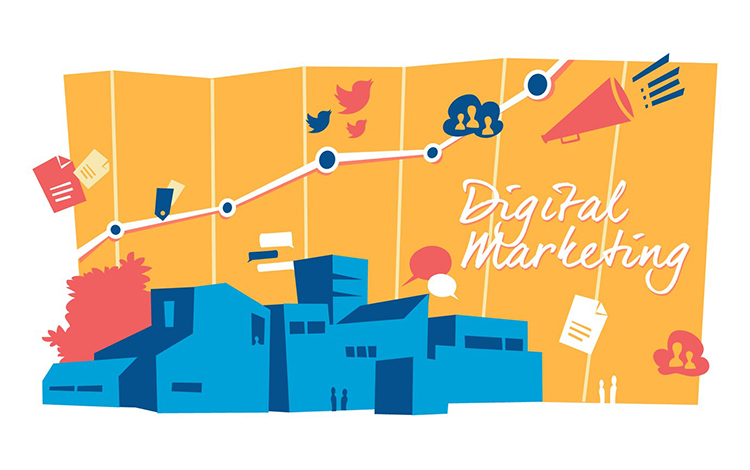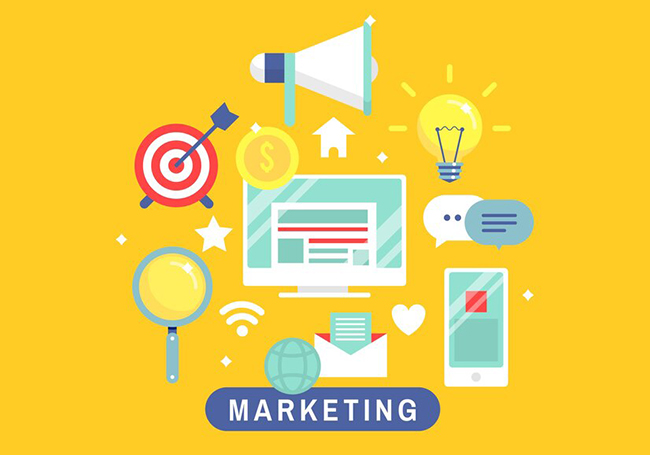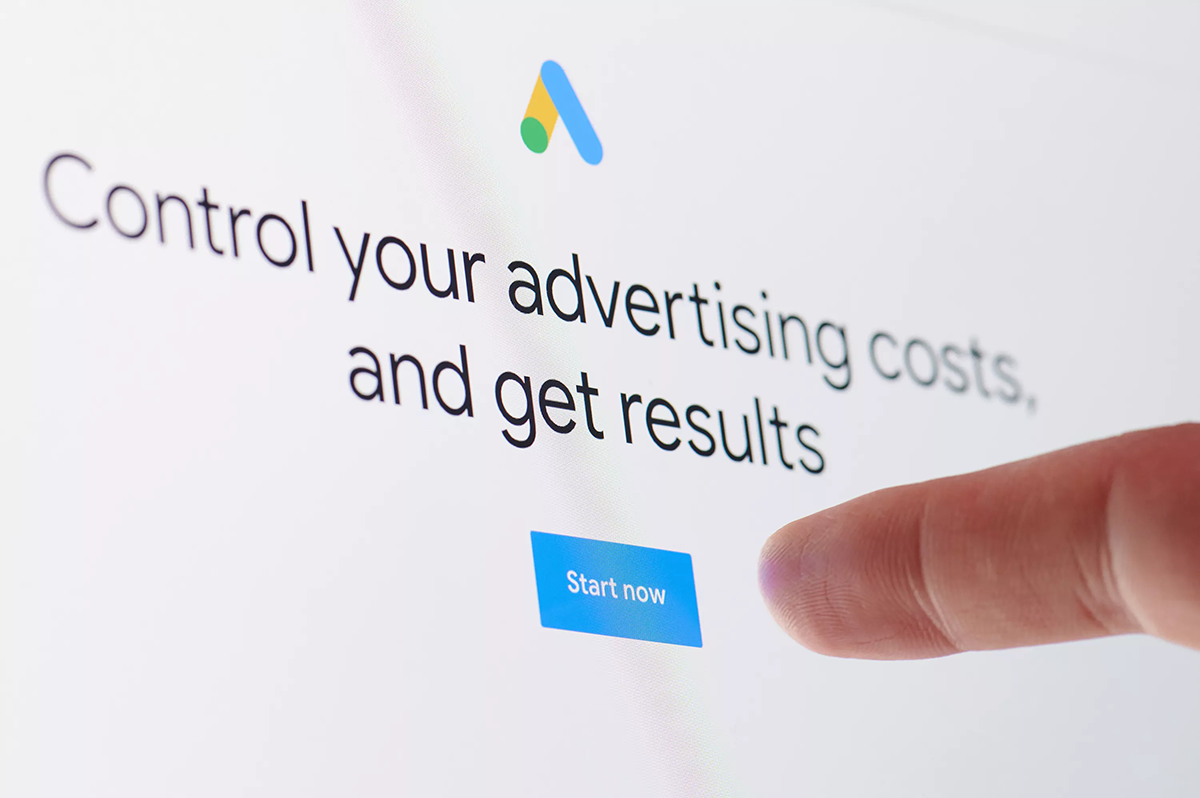content
If you’ve been avoiding using traditional or online marketing for some reason, this ADV Advantage blog post aims to convince you to put your preconceptions to rest. Traditional and online marketing are perfectly combined, contributing to the harmonious development of the brand, but, of course, not without drawbacks. Let’s take a closer look at each type of marketing.
Traditional marketing: essence, features and role in business
Traditional marketing is a system of tools and approaches aimed at promoting goods or services through offline channels. This type of marketing is based on the use of proven communication methods that existed long before the advent of digital technologies. It includes advertising on television, radio, print media, outdoor advertising, and direct sales.

The basis of traditional marketing is to create a wide reach and influence the audience through mass channels. One of its key advantages is physical accessibility: advertising materials, such as magazines, leaflets or billboards, can be seen by consumers regardless of whether they have access to the Internet. This approach ensures a long-term impact, especially if the information is placed in high-traffic areas. Modern lifestyle trends are aimed at bringing back long-forgotten feelings of interaction with something real that can be felt in your own hands, so conditional postcards and magazines can give new emotions with a touch of nostalgia.
Television remains one of the most effective traditional marketing tools, as it allows you to create an emotional connection with the viewer through video, sound, and images. Radio, despite its relative narrowness in influence, remains popular with the target audience, which often listens to it while working or traveling. Outdoor advertising, such as billboards or posters, builds brand awareness through constant presence in public spaces. Since these channels of interaction partially overlap with online channels, their effectiveness may be lower, but it is important to reach the right audience.
Print advertising in newspapers and magazines continues to be an effective tool for companies that target audiences with specific interests or socioeconomic characteristics. In addition, marketing events, such as tastings, exhibitions and promotions, create direct contact with consumers, increasing brand trust.
Despite the significant development of digital technologies, traditional marketing continues to play an important role in the strategies of many companies. It is especially effective in local campaigns when it is necessary to reach a specific audience in a particular region. When combined with digital tools, traditional marketing can form the basis of a comprehensive strategy that provides omnichannel customer interaction.
Online marketing: a modern approach to promotion
Online marketing is a set of strategies and methods aimed at promoting goods or services through digital platforms and the Internet. Its main goal is to engage and interact with the audience through modern technologies that provide quick access to information and ample opportunities to analyze consumer behavior.
According to open statistics, more than 78% of businesses that use online sales methods say that this online marketing outperforms the traditional type.

This type of marketing covers many areas, such as search engine optimization (SEO), contextual advertising, social media marketing (SMM), email marketing, content marketing, influencer marketing, and video marketing. This allows businesses not only to communicate information to customers but also to actively interact with them, creating a unique customer experience.
One of the key advantages of online marketing is its global reach. With the help of the Internet, companies can enter international markets while remaining locally focused if their strategy requires it. Another important advantage is the possibility of precise targeting. Digital tools allow you to segment the audience by age, gender, interests, geolocation, and other characteristics, which increases the effectiveness of advertising campaigns.
Another important aspect of online marketing is its interactivity. Social networks, chats, and forums create a platform for two-way communication between the brand and the consumer. This allows you not only to receive feedback but also to respond quickly to customer needs, strengthening their loyalty.
In addition, online marketing provides unprecedented opportunities for analyzing and measuring performance. Analytics tools allow you to track how consumers interact with content, which channels generate the most conversions, and evaluate the overall return on investment (ROI).

Online marketing is also characterized by high flexibility. Campaigns can be quickly adapted to changes in market conditions or consumer behavior. For example, setting up contextual advertising or publishing new content can be done instantly, which is important in a fast-paced environment.
Pros and cons of traditional marketing
Pros.
- Wide audience reach: Traditional channels, such as television, radio, and print media, allow you to reach a large number of people at the same time.
- Physical presence: Outdoor advertising, leaflets, or magazines create constant visual contact with the audience, even without access to the Internet.
- Durability: Advertising materials placed in print media or on billboards have a long-lasting impact because they last longer than digital ads.
- Familiarity: For some audience segments (especially the older generation), traditional marketing methods are more trustworthy.
Cons
- High cost: TV ads or print in major magazines can be extremely expensive.
- Limited targeting: Traditional marketing has less ability to accurately target a specific audience.
- Complexity of analysis: It is difficult to evaluate the effectiveness of traditional advertising because there are often no accurate tools to measure results.
- Less flexibility: Changing or adjusting a campaign requires more time and resources.
Pros and cons of online marketing
Pros.
- Precise targeting: The ability to customize ads by age, gender, geolocation, interests, and other parameters.
- Global reach: Online platforms allow you to work with the audience in any corner of the world.
- Interactivity: Consumers can interact with the brand in real time through social networks, chats, and forums.
- Analysis capabilities: Web analytics tools allow you to measure the effectiveness of each campaign and make changes in real time.
- Flexibility: Quick setup and launch of campaigns without significant time investment.
Cons
- Competition: High saturation of the market with digital ads can make it difficult to gain consumer attention.
- Dependence on technology: The success of online marketing depends on access to the Internet and technical infrastructure.
- Risk of ad blocking: Many users use ad blockers, which reduces the effectiveness of campaigns.
- Transience: In the digital environment, advertising has a shorter life cycle because users consume and forget content quickly.
- Privacy: Online users and businesses are concerned about the lack of 100% guarantees of personal data security.
- Increased influence of AI: More and more promotional materials are made using artificial intelligence, which can cause a negative reaction.
Combining traditional and online marketing
Traditional marketing should be used to create long-term brand recognition and reach local markets. For example, outdoor advertising, such as billboards or banners, can effectively draw attention to new products or events. Television advertising remains a powerful tool for emotional impact, especially in the case of large-scale campaigns aimed at a general audience.
Online marketing, on the other hand, allows you to create personalized communication with each client. Social networks allow you to actively interact with your audience by providing feedback, and search engine optimization (SEO) helps attract potential customers through organic searches. For example, when launching a new product, you can combine television advertising with online retargeting to keep the attention of users who are already interested in the product.

The integration of the two types of marketing can be manifested through cross-channel campaigns. For example, print ads in magazines can contain a QR code that leads to a company’s website or social media page. This tactic helps to connect the physical and digital worlds, promoting deeper interaction with the customer. When organizing events such as exhibitions or conferences, traditional methods can be supplemented with online promotion. Preliminary advertising on social media attracts the attention of the audience, and physical contact with customers during the event increases brand trust. Further use of email marketing or special offers sent out after the event consolidates the results.
It is a best practice to use online tools to study statistical data for targeting. The information obtained on targeting can be applied to offline promotion channels, gaining the greatest coverage.
The combination of these approaches provides a balanced marketing strategy. Traditional channels create a strong foundation, while digital tools allow you to expand your reach and provide a personalized approach to each consumer.
Subscribe to our newsletter



